Field research and data analysis of Taku Glacier, Southeast Alaska
Overseas Fellowship Program Participant:FY2023 First Call Short-Term Program
Jia-Yan Chang (Hokkaido University)
Taku Glacier is a tidewater glacier (glacier flowing into the ocean) located in southeast Alaska. The glacier had been advancing until 2015, which was in contrast to the majority of other mountain glaciers in the world. It is also characterised by a huge amount of sediment under the ice. According to recent observations, Taku Glacier might be in the transition from advance to retreat phase – a distinct cycle known as Tidewater Glacier Cycle (TGC), in which glaciers undergo steady advance and rapid retreat irrespective to climate change.
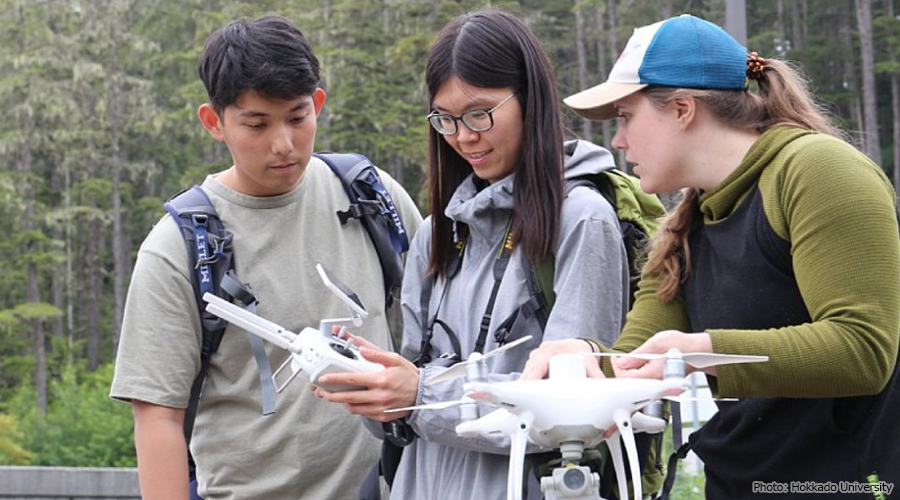
In reality, is there little influence of climate change on the glacier? To better understand the TGC mechanism, Taku Glacier is a perfect study target, as it is in a transition phase. Thus, we spent roughly one month in Juneau, Alaska under the support of ArCS II program to join the project led by Professor Jason Amundson (University of Alaska Southeast). In the first week we camped near the terminus of Taku Glacier, and performed numerous field surveys. For instance, we conducted drone surveys in order to obtain surface elevation data of the glacier as well as changes in proglacial terrain. Additionally, we carried out Ground Penetrating Radar (GPR) surveys to measure ice thickness and subglacial topography. Taku was my very first glacier, and personally, the scene of shining icy lights under the sun which never seemed to set was truly mesmerising.
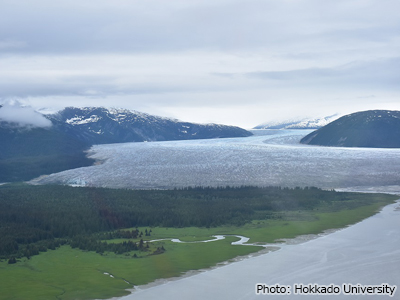
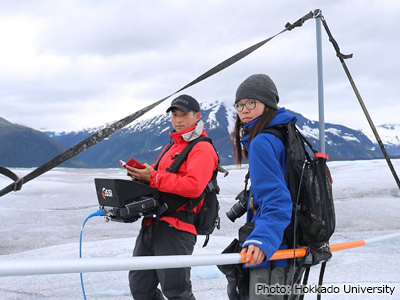
After the field research, we stayed at the UAS to analyse the data with Jason. Hight-resolution data collected from drone enabled us to study changes in glacier terminus, surface elevation and proglacial terrain more precisely. Before the visit to Juneau, I had been studying these changes based on satellite data. For the next few weeks, we processed the data at the campus, frequently exchanging ideas with Jason and other colleagues. We also had decent talks together with the post-doctoral and undergraduate student who traveled to the field with us. It was fulfilling to share and discuss our initial results, which helped us gain more insight into the project. Apart from that, we talked about our common interests and research background.
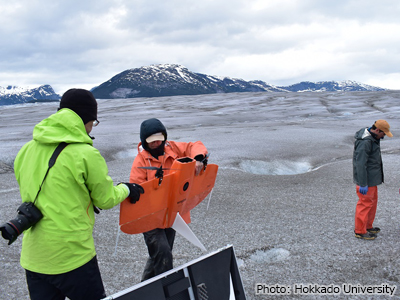
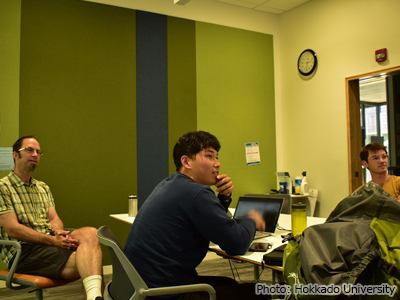
On weekends we went exploring the nature surrounding Juneau. The mountains of Southeast Alaska are amazingly deep, but once we were above tree lines, the masterpiece of glaciers and forests would unfold in front of our eyes. In the future, I hope to carry on my research journey on Taku Glacier and beyond.
